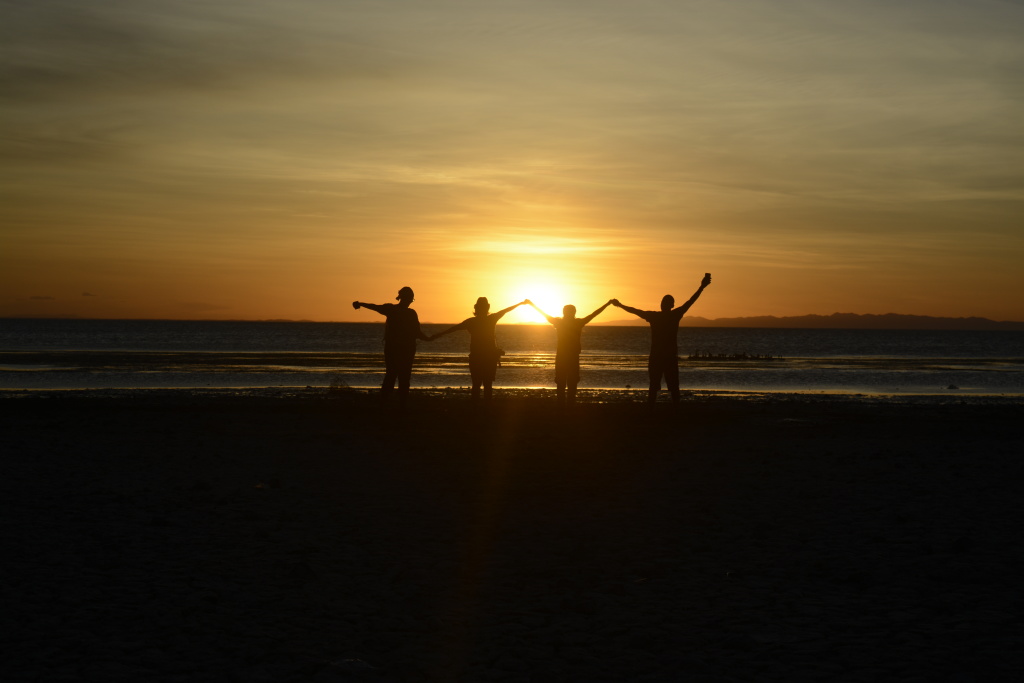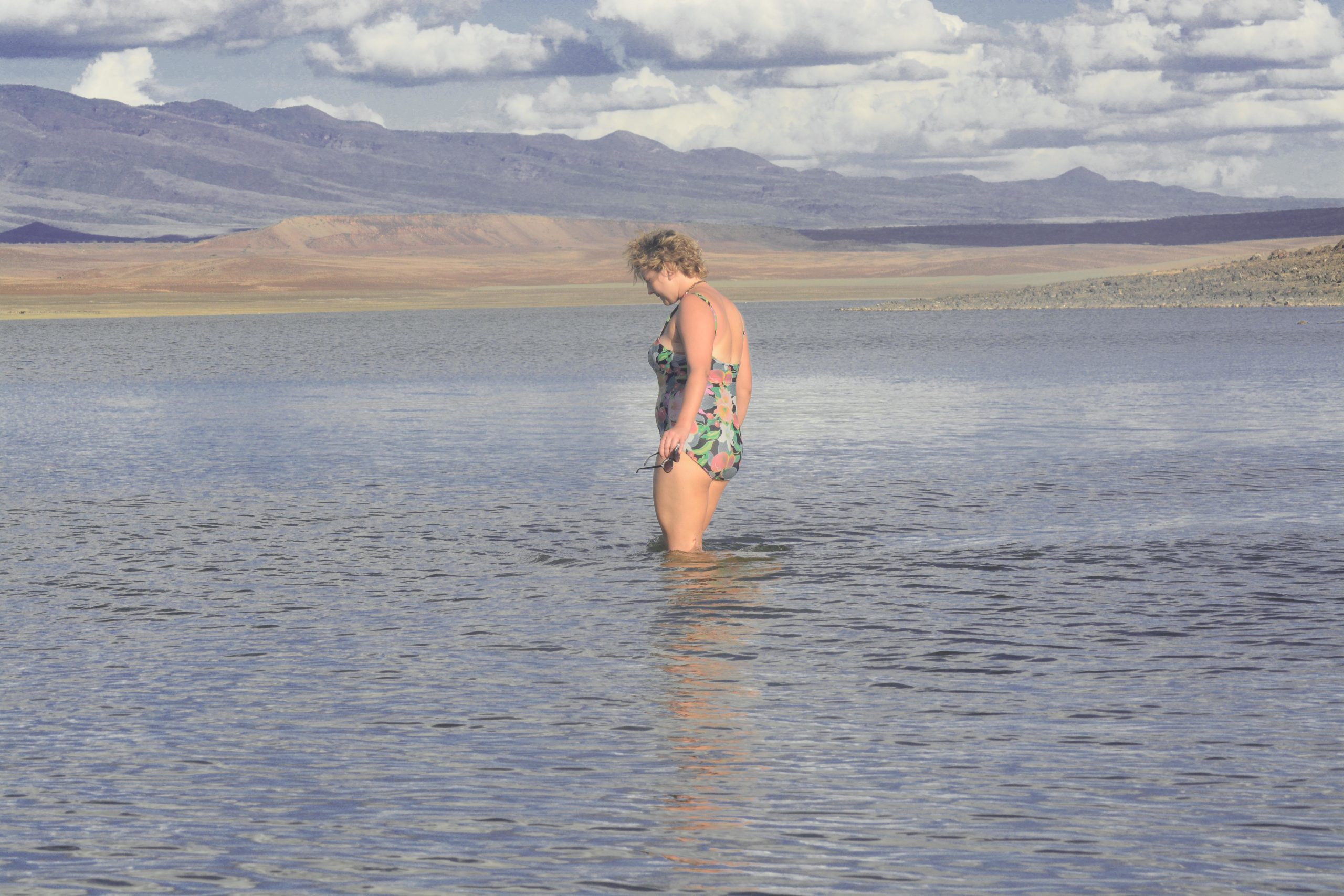LAKE TURKANA, AFRICA’S FOURTH LARGEST AND MOST SALINE LAKE, IS A DESOLATE WONDER LOCATED IN THE ARID DESERT REGION OF THE KENYAN RIFT VALLEY, PIERCING THE BORDER OF ETHIOPIA AT ITS NORTHERNMOST END.
Also referred to as Lake Rudolf after European visitors named the lake after a 19th century Austrian prince, and Jade Lake for the verdant color of the water, The lake lies in the eastern arm of eastern Africa’s Rift Valley. It covers an area of 2,473 square miles (6,405 square km) and lies at 1,230 feet (375 m) above sea level . Together with Lake Baringo(south)
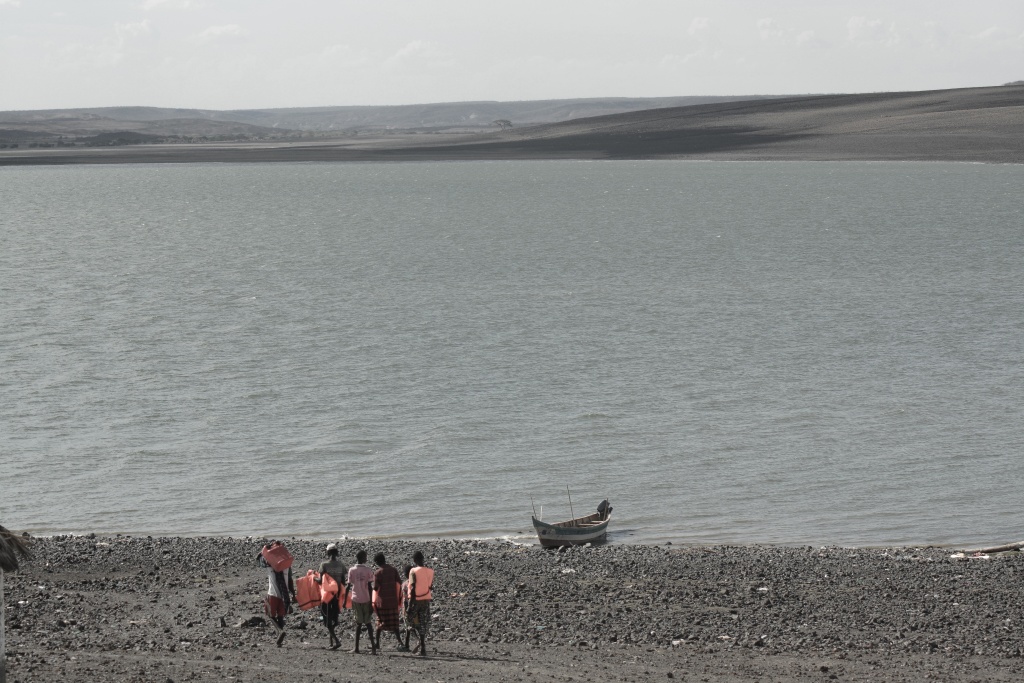
Lake Turkana once formed a larger body of water drained by the Sobat River into River Nile. Earth movements during the Pleistocene Epoch however, created a smaller lake of independent inland drainage. Volcanic outcrops give rise to rocky shores in the east and south, while the lake’s western and northern shores are lower and consist of sand dunes, sandspits, and mudflats. The three main islands in the lake—North, Central, and South—are volcanic. Lake Turkana is 154 miles (248 km) long, only 10–20 miles (16–32 km) wide, and relatively shallow, its greatest recorded depth being 240 feet (73 m).
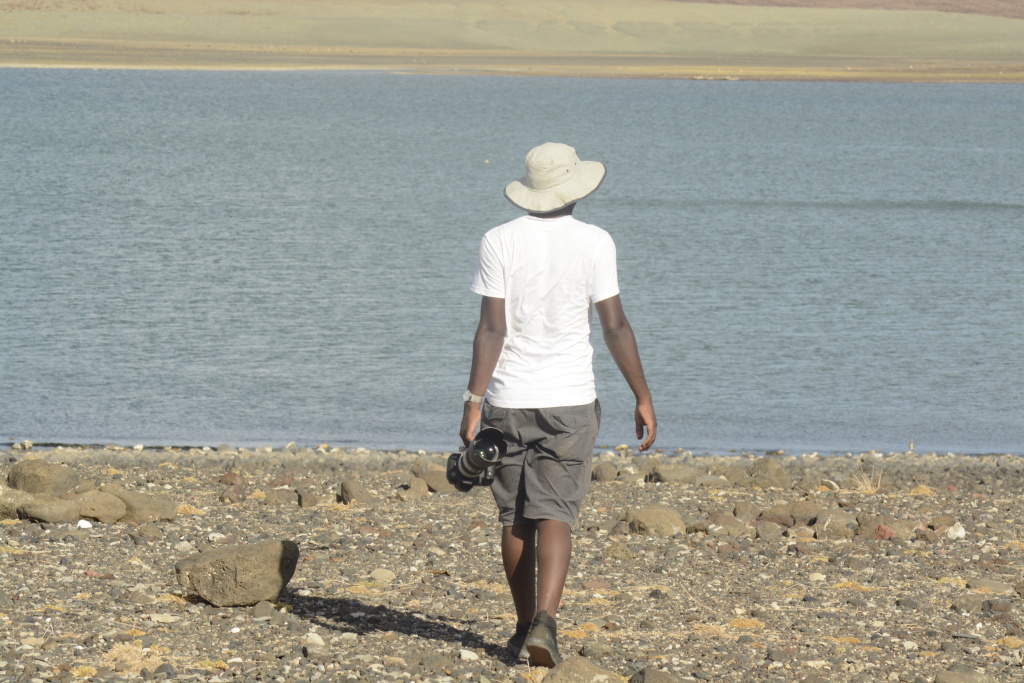
Values and Investment Opportunities
Unlike other large rivers such as Tanganyika, Victoria, and Malawi, with high fish species diversity, Lake Turkana has about 50 fish species of which only 11 are local only to the lake. However, the lake supports over 350 native and migratory bird species and the world’s largest remaining population of the Nile crocodile. There are three national parks (Sibiloi, Central and Southern Islands) which provide the potential for tourism. The lake is a major recreation area, especially for youth, for swimming, sport fishing, and other marine sports.The Lake Turkana fishery is comprised of the Nile perch, Nile tilapia, and Labeo horie. The fishery directly employs about 3000 fishers and yields about 4000 tons of fish per year, providing high quality animal protein to the population around the lake. Fishing on the lake is still a subsistence activity and does not contribute much to the national economy. Commercial fisheries in the region provide an investment opportunity as fishery resources in the lake seem to be underutilized. The fishery, together with agro-pastoralism, supports livelihoods of about 300,000 Kenyans, from six main tribal groups. The lake’s major water source, the Omo River, supports hydro-electric power generation and rice irrigation in the Omo valley. The area bordering the lake is, for the most part, unsuitable for growing crops which leads to a high dependence on cattle.
Lake Turkana Wind Power Project
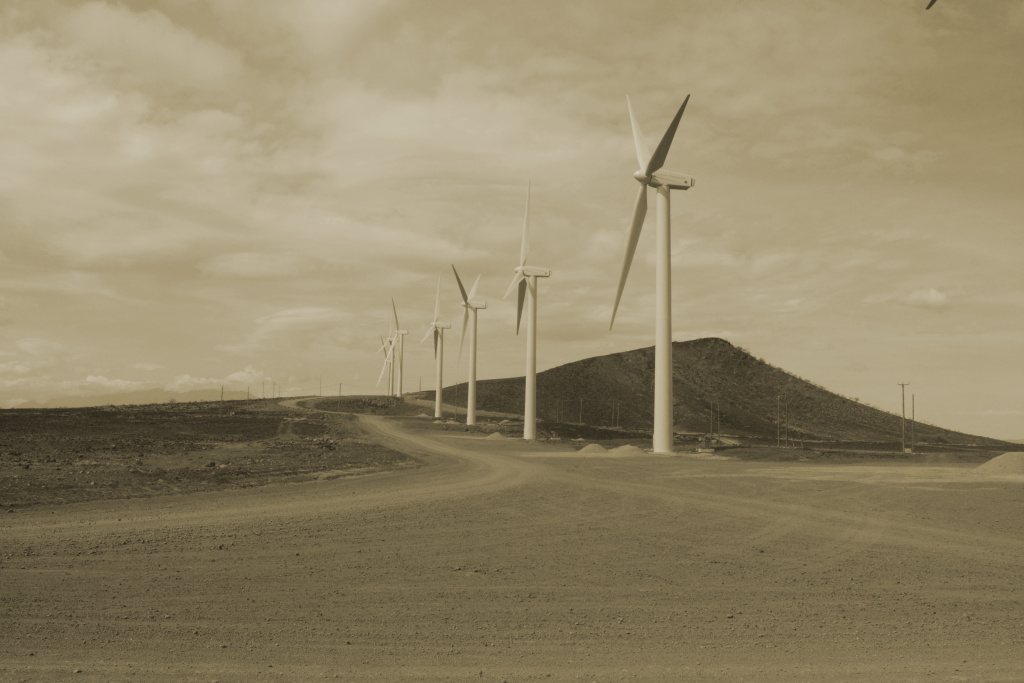
Lake Turkana has notorious strong desert winds which can make sailing on the lake a hazardous affair. This persistent wind is now being utilised by the single largest investment in Kenya’s history the Lake Turkana Wind Power Project.This investment has built a wind farm that covers 40,000 acres (162 km²) and is located in Loiyangalani District, Marsabit County. The aim of the farm is to provide low cost wind power to the national grid. On completion in 2018, the project will comprise of 365 wind turbines. At the moment the project is bringing jobs and improved infrastructure to this very remote northern part of Kenya.
